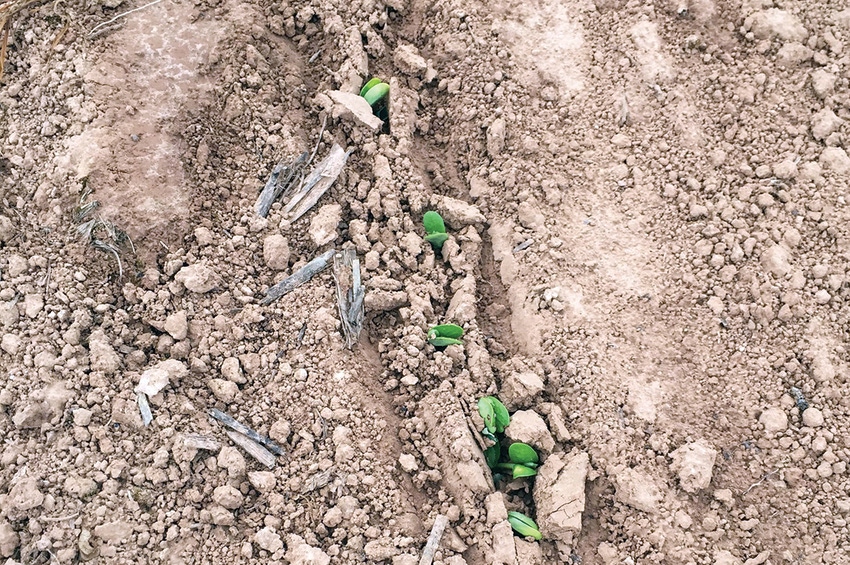April 28, 2016

Wet fields have been an all-too-common sight across Louisiana. Many soybean farmers have yet to begin planting because of the wet conditions even though the optimum planting window for soybeans has been open for nearly two weeks.
Less than 10 percent of the state’s anticipated soybean crop has been planted, according to LSU AgCenter soybean specialist Ronnie Levy.
“Everyone looks at these big lines of storms, and they are very concerned about spending the money and putting out a crop and then having it destroyed by flooding,” Levy said.
More than 40,000 acres of corn were lost to flooding in March, and farmers are trying to avoid the same fate with their soybeans, Levy said.
After two consecutive years of record yields, including one when Louisiana led the nation in bushels per acre, last year’s crop saw a significant decrease in yield with late planting being a contributing factor. The statewide average for soybeans was 42 bushels an acre, down from the previous year’s nation-leading 57 bushels per acre.
“We had drought come in late in the season. If we would have been able to plant our beans earlier, then they would have probably been made by the time we had those drought conditions,” Levy said.
The optimum planting dates for soybeans in Louisiana is between mid-April and the first week of May, he said. He has seen beans planted as late as the first week of July, but the risk of yield loss is much higher because of increased insect and disease pressures and hot nighttime temperatures that stress the plants.
“We can plant soybeans late, but the yield potential really drops off after the first part of May, so we’d like to see them planted now until the first week of May,” Levy said.
Soybeans are Louisiana’s largest crop in terms of acreage. Last year, 49 percent of the state’s cropland was soybeans with a total of 1.4 million acres. Levy believes that number could increase this year.
The price has actually gone up for producers who can contract beans now. “With that being said, demand is a little bit higher. We may see even more acres in soybeans,” he said.
Last year’s soybean crop had a gross farm value of approximately $577 million for Louisiana farmers.
Ronnie Levy can be reached at 318-427-4424 or [email protected]
You May Also Like




